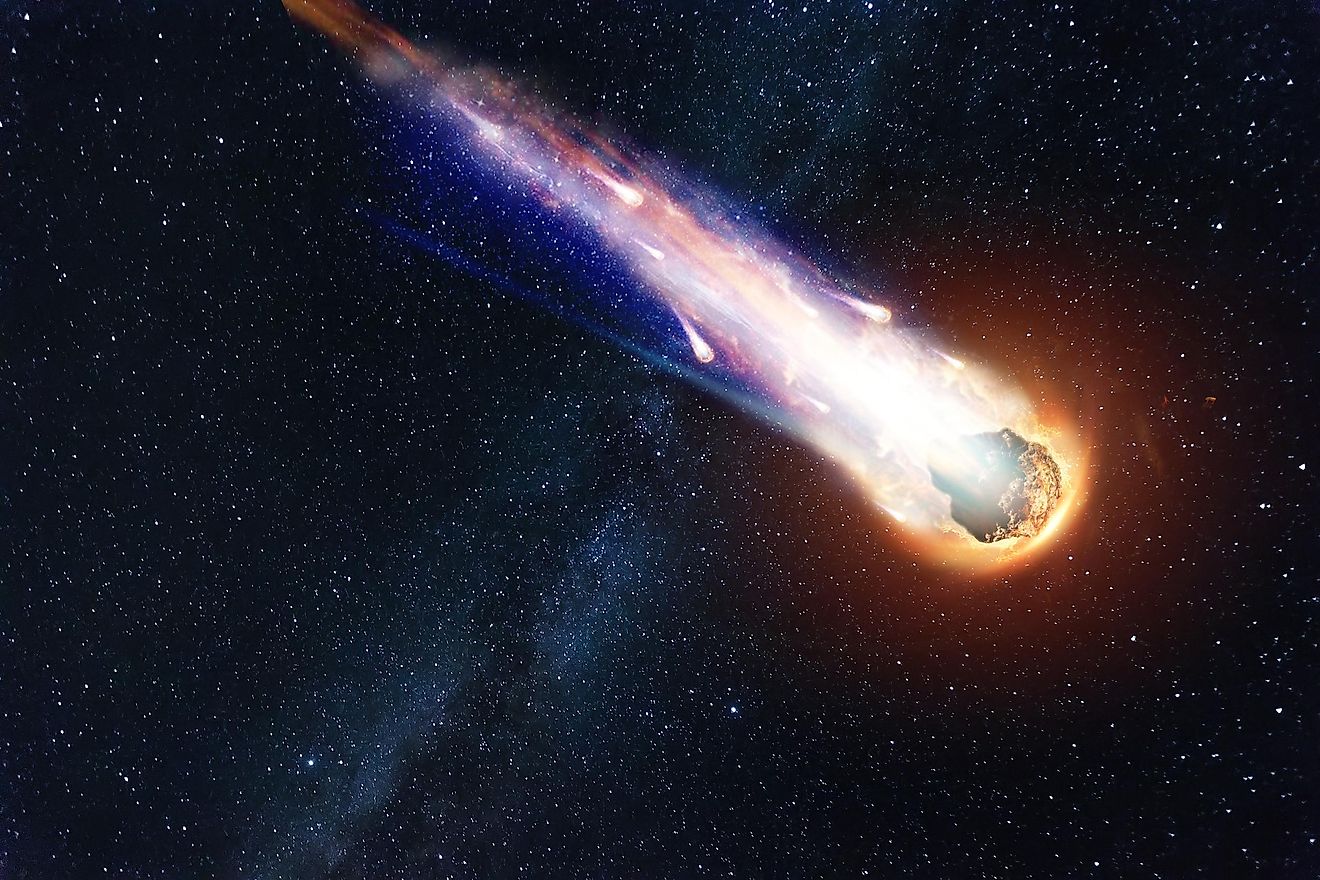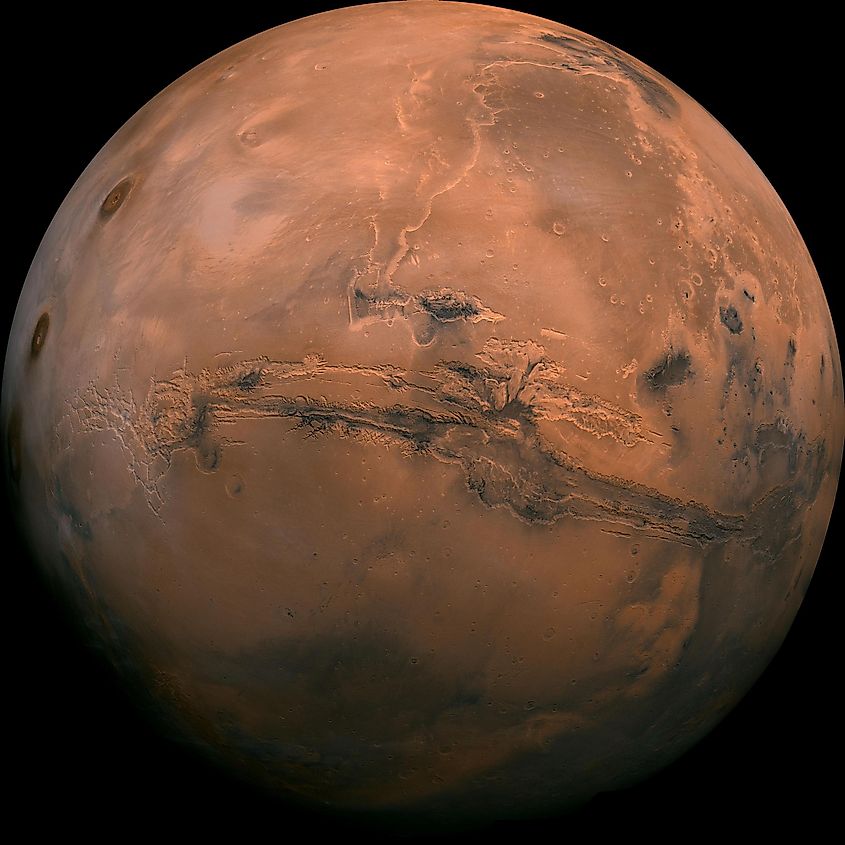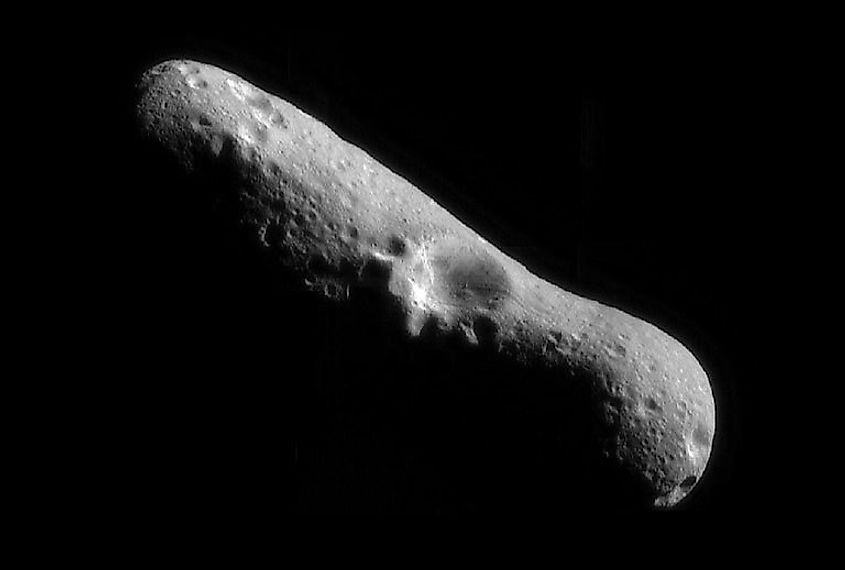Did Life Come To Earth On Asteroids?

- Panspermia is the hypothesis that life can travel between worlds on asteroids
- Scientists have found a large number of rocks on Earth that came from other worlds
- Some organisms on Earth can survive in the vacuum of space, suggesting life could travel between worlds
Imagine an asteroid is heading toward the Earth not long after life arose some four billion years ago. The asteroid strikes in a region near some water ponds that contain some microorganisms. The force of the asteroid impact is sufficient to launch material at a velocity that exceeds Earth’s escape velocity and drifts into space. What if some microorganisms happen to be on those ejected rocks, floating through space until, perhaps one day, finding their way onto the surface of another world? This scenario is called Panspermia. Could life from one world eventually find its way to another? Like a tree releasing seeds carried by the wind to plant more trees in other areas, can life from one world be carried by planetary debris and seed a multitude of other worlds? Is it possible that life on Earth arrived here on asteroids?
Space Rocks On Earth

It is important to consider whether or not it is possible that debris from an asteroid impact could eventually find its way onto the surface of another planet. Space is huge, and the distances between the planets are vast. However, despite the vast distance that planetary debris would need to travel, scientists have found evidence that it has happened. Amazingly, scientists have actually found Martian rocks here on Earth. In fact, as of 2020, scientists have uncovered 277 known rocks here on Earth that came from Mars, with many more likely waiting to be discovered. Given how many Mars rocks there are on Earth, we can safely assume that Earth rocks have also likely found their way to Mars. Furthermore, many of the Martian rocks here on Earth date to around the time that Mars would have been habitable, with some of them even containing evidence of Martian water. So we know that rocks from one world can and will find their way to the surface of another world, yet is it possible that life could survive such a journey through the harsh conditions of space?
Life on Earth is truly one of the strangest things in the cosmos. No matter where you go on our planet, you’re sure to find evidence of life in one form or another. There are even some organisms that can survive the harshest conditions known, including the vacuum of space. These types of organisms are called Extremophiles, and there is perhaps no better example of their hardiness than the Tardigrade. The Tardigrade is no larger than the pin of a needle, and upon seeing them under a microscope, you probably wouldn’t guess that you’re looking at one of the toughest organisms to have ever evolved on our planet. The Tardigrade first evolved some 500 million years ago, having survived every extinction event since then unscathed. The Tardigrade has this remarkable ability wherein it can dehydrate itself and go into a state of cryogenic-like sleep. In this state, they can withstand the cold, radiation, and vacuum of deep space for 10 days. That may not seem like a long time, but if the Tardigrade happens to be embedded within an asteroid large enough to protect it from radiation for long enough, it is possible that the Tardigrade could survive a trip from Earth to another world in the solar system.
Debris from other worlds has found its way to the Earth in the past, and since there are forms of life that could potentially survive a long journey through space, it is possible for one world to populate other worlds through asteroid impacts. If we ever find life on another world in our solar system, there is a possibility that it is descended from life on Earth.
Did Asteroids Deliver The Ingredients For Life?

There is another way that life could jump from one world to another, and it doesn’t necessarily involve the need for life to actually have originated yet. One world could have the ingredients required for life while another does not. Comets or asteroids could carry organic molecules and amino acids through space and to the surfaces of other worlds, where life could then get started. In fact, it’s entirely possible that comets and asteroids are what delivered the ingredients for life on Earth. Life on Earth arose during a period of time called the Late Heavy Bombardment around four billion to 3.5 billion years ago. The fact that life arose during a period of time in which the Earth was bombarded by countless asteroids and comets could indicate that debris from space delivered the necessary materials for the origin of life.
Can Panspermia Be Proven?
Panspermia may sound far fetched, yet there is a way that it could be proven or disproven. To do so, scientists would need to discover other life-forms in our solar system. If alien life is ever found on, say, Jupiter's moon Europa, scientists could analyze its chemistry and determine whether or not it is related to life on Earth. If alien life has genetic information that can be traced to life on Earth, it suggests one of two things. First, life originated on Earth first and found its way to another world. Second, life originated outside of Earth and came here via an asteroid or other forms of planetary debris. Either way, it would confirm the hypothesis of Panspermia.











